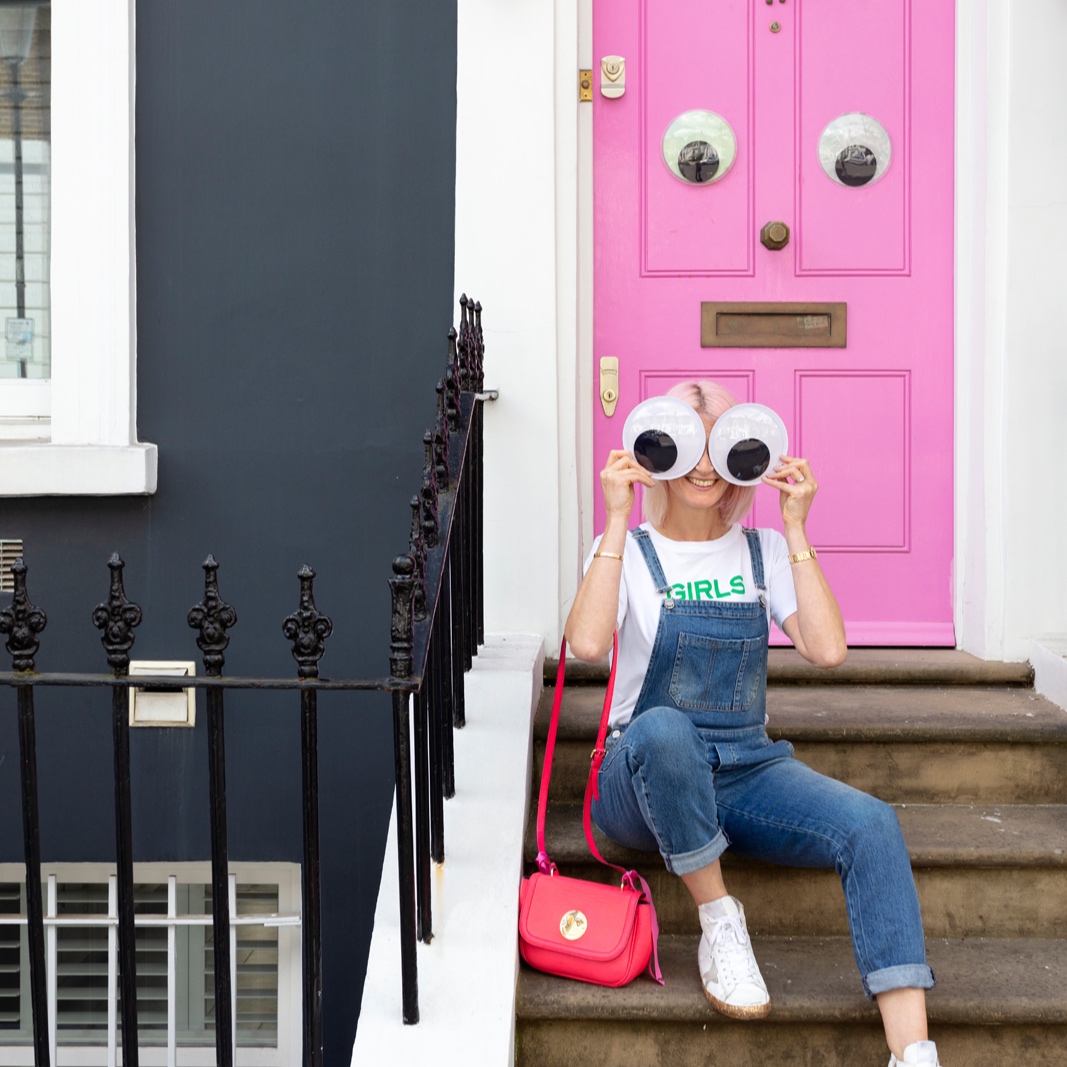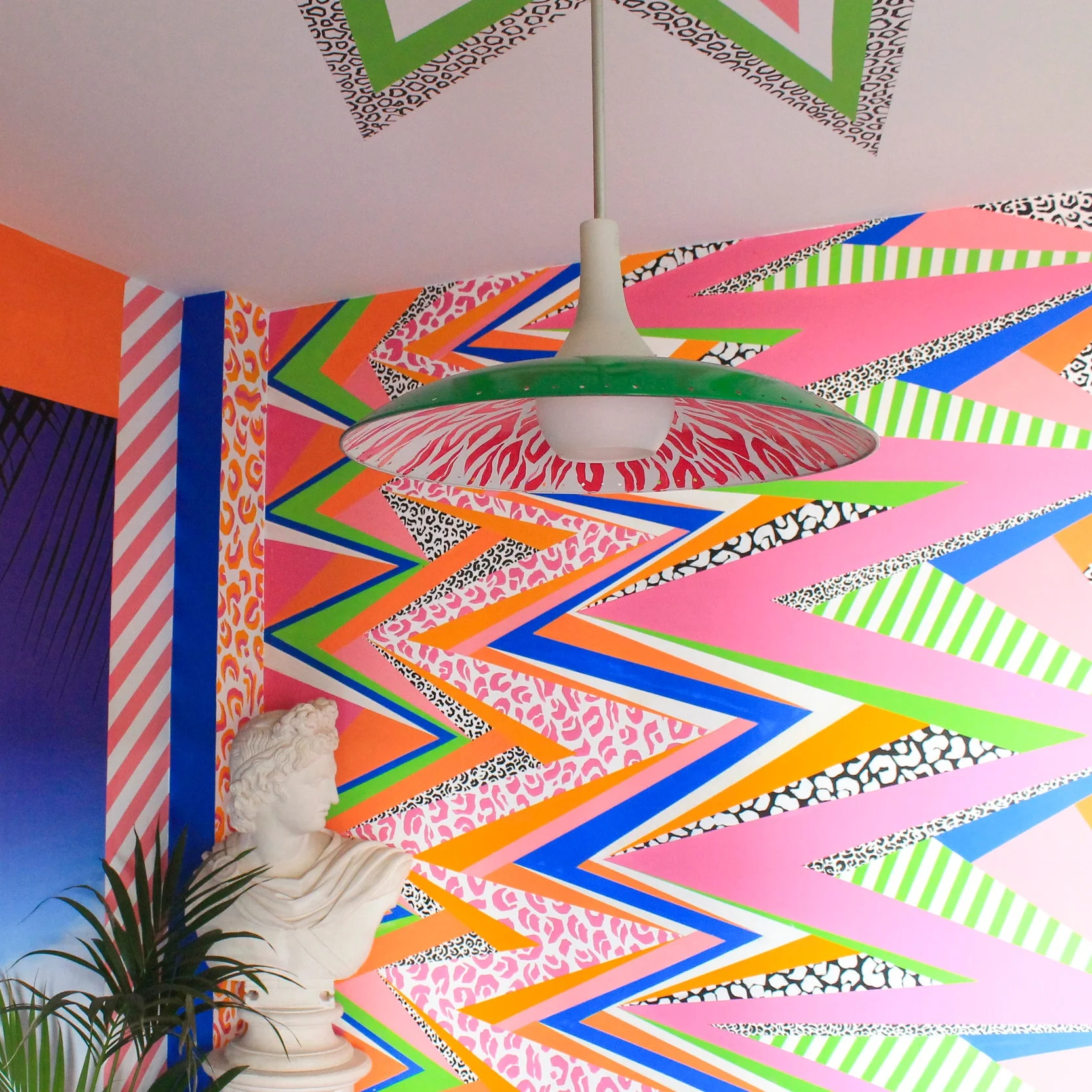You’ve just moved into your brand new rented home, a blank canvas of white walls and cream carpets. You’re excited to make the place feel like home. But wait. What are the rules here? Are you allowed to paint the walls? Are pictures okay? Is blu-tac more annoying than banging a hole in the wall? Can the curtains come down? Can new shelves go up? WHAT ARE THE RULES HERE??
Ahem. You might be able to tell that we were…a little lost with it all. So we asked rental experts Coulters (an independent property company specialising in residential estate agency and conveyancing) to shed some light on the matter.
La Soufflerie glass head vase, £35.99 from Trouva
Here’s what Coulters director Ben Di Rollo had to tell us about the rules of renovating a rental property:
“If a tenant is on a short-term lease, it’s unlikely a landlord would give them permission to decorate the property. Essentially, most matters which fall under the bracket term “decorating” would need to be checked with the landlord. This includes painting, hanging shelves, putting up new paintings or photos on walls, and such like.
“It would be the norm that if there are any new holes in walls, or painting has been undertaken by a tenant during their occupancy, that these must be made good and the property returned to its original state at the end of the tenancy.
“Portable decorative pieces such as lamps and plants are all fine, so long as the plants don’t cause any condensation to the windows.
“From a landlord and agency perspective, it’s important that the terms and conditions surrounding decoration are clearly set out in writing to avoid any issues, and everyone knows where they stand.
Gold Luxe Round Drinks Trolley, £228 from Audenza
“With a longer term rental period, it’s clearly more advantageous for the tenant if they are able to decorate and make the home more personal to them. However, there are basic ground rules to consider if decoration is permitted, e.g. the agreed colour palette, the types of paint or wall fixtures allowed or not allowed. If the rules are made clear from the start, then there is less chance of a dispute at the end of the tenancy.
Fig tree, £240 from Patch
“All landlords should have a proper inventory drawn up at the start of the tenancy, including photographs and details of the décor and condition of the property. This ensures that any changes made by a tenant will be documented.
“It’s important to note the difference between short and long term leases. Short term usually refers to festival-style lets where there is no lease in place. Long term leases can range from 28 days - which is the minimum - to years.”
TIMOROUS BEASTIES Napoleon Bee Cotton Velvet Cushion, £125 from Liberty
So there we have it! For shorter term rentals, lamps, throws and cushions are your friend. For longer term rentals, you have a little more wiggle room. Make sure you always agree what changes are allowed and get those rules down in writing, check the landlord’s inventory and take your own photos for before and after purposes in case there are any deposit quibbles. Oh, and don’t forget hanging strips.
Thank you to Ben and Coulters for giving us the 411 on decorating rental properties.















